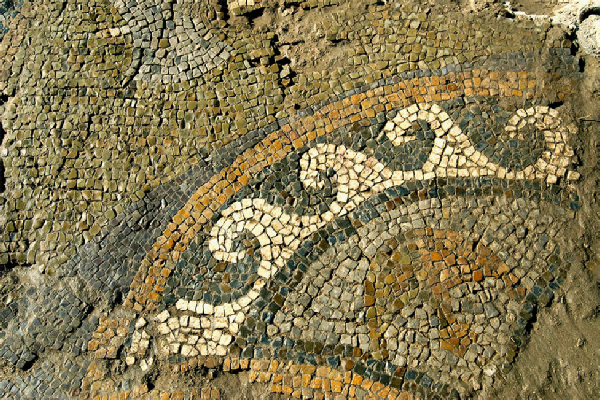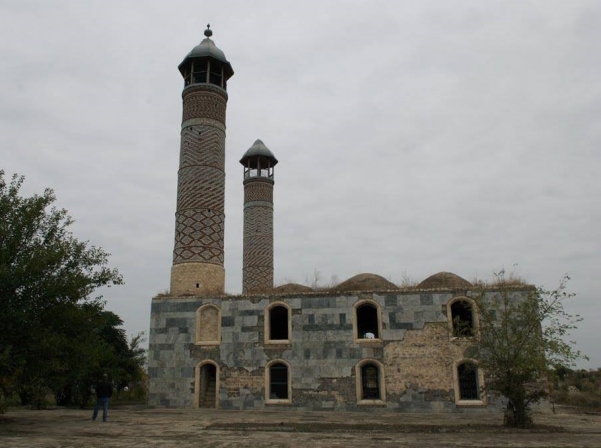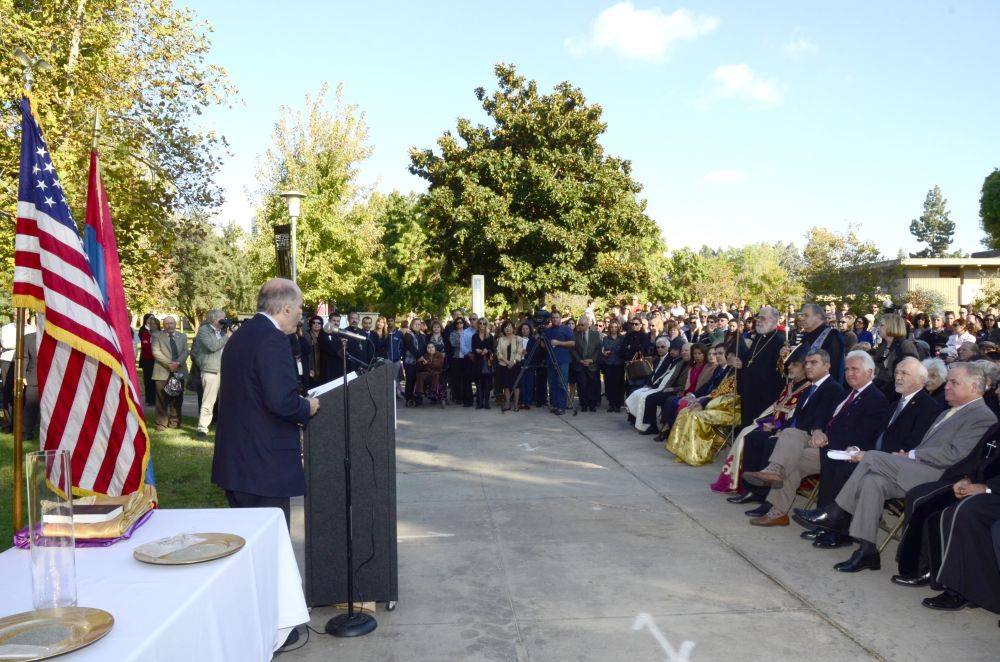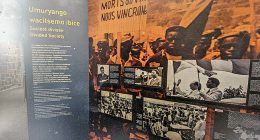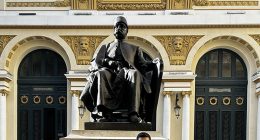YEREVAN (Panorama.am) — In 2003, during the excavations in the capital city of Artashesian dynasty, Artashat, mosaics typical to the late Roman period baths were discovered. After the discovery these mosaics have been covered again. Thanks to a special program, these mosaics will be moved, restored and displayed.
Director of the Institute of Archaeology and Ethnography of the National Academy of Sciences, Pavel Avetisyan told Panorama.am that part of the mosaic floors are well preserved, yet the larger part is destroyed or damaged.
“To preserve the mosaics found in Atrashat, they need to be moved. As it is located on the bank of Araks, the floors get wet which will lead to the destruction of the mosaics. If measures aren’t undertaken, what has been preserved soon will be destroyed,” he said.
According to Avetisyan, Ministry of Culture has developed the program which will be realized with the material support of the state. The mosaics will be moved, restored and displayed in the museum.
“The works are underway. A competition is to be announced, as only specialists can work on the project. Those with the best offer will win. The work will start in a couple of months,” he explained.
The mosaics date back to the 2nd-3rd centuries, almost the same period as those of Garni. According to Pavel Avetisyan, there’s a thematic difference between these mosaics.
It shout be noted that there are different theories regarding the date of the construction of Artashat. The capital is most likely to be constructed in 189-188 BC. The excavations in Artashat allow study the ancient urban construction of Armenia.

